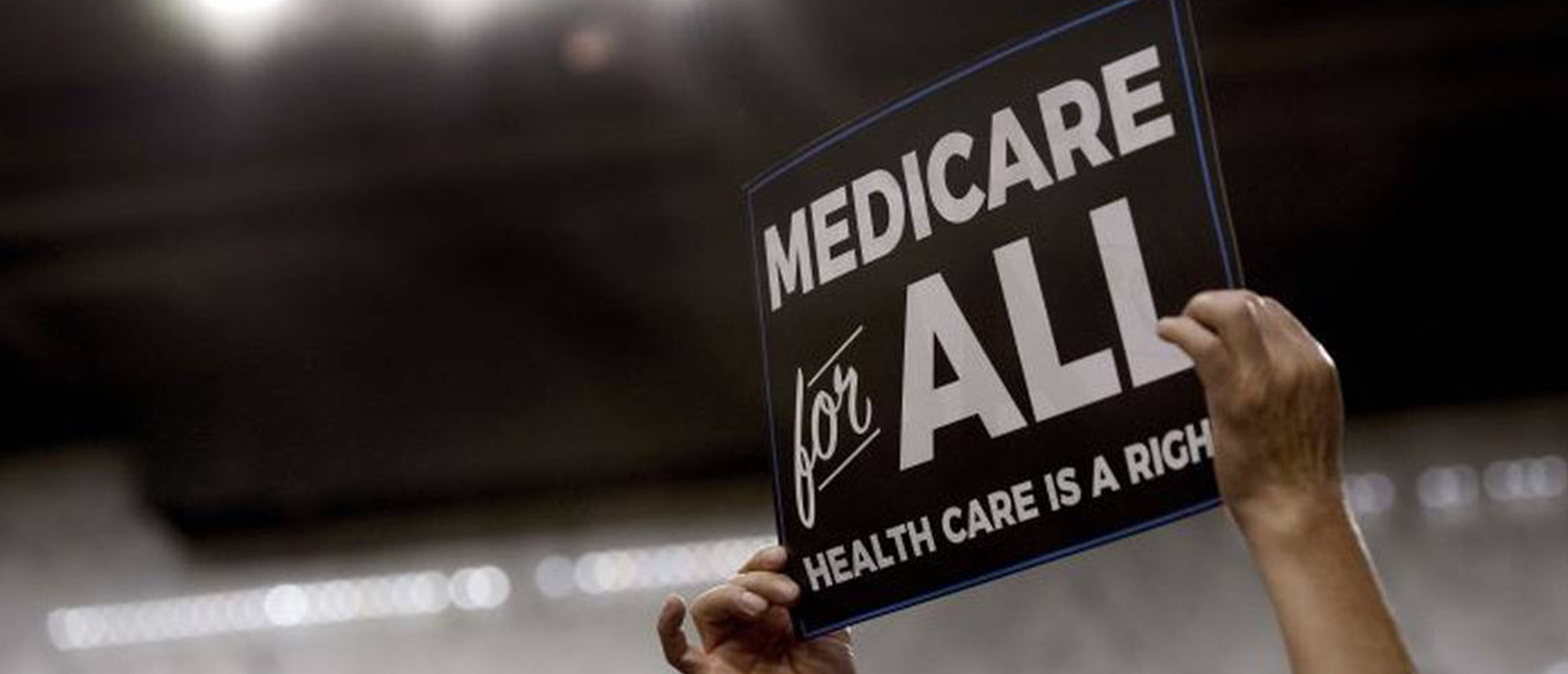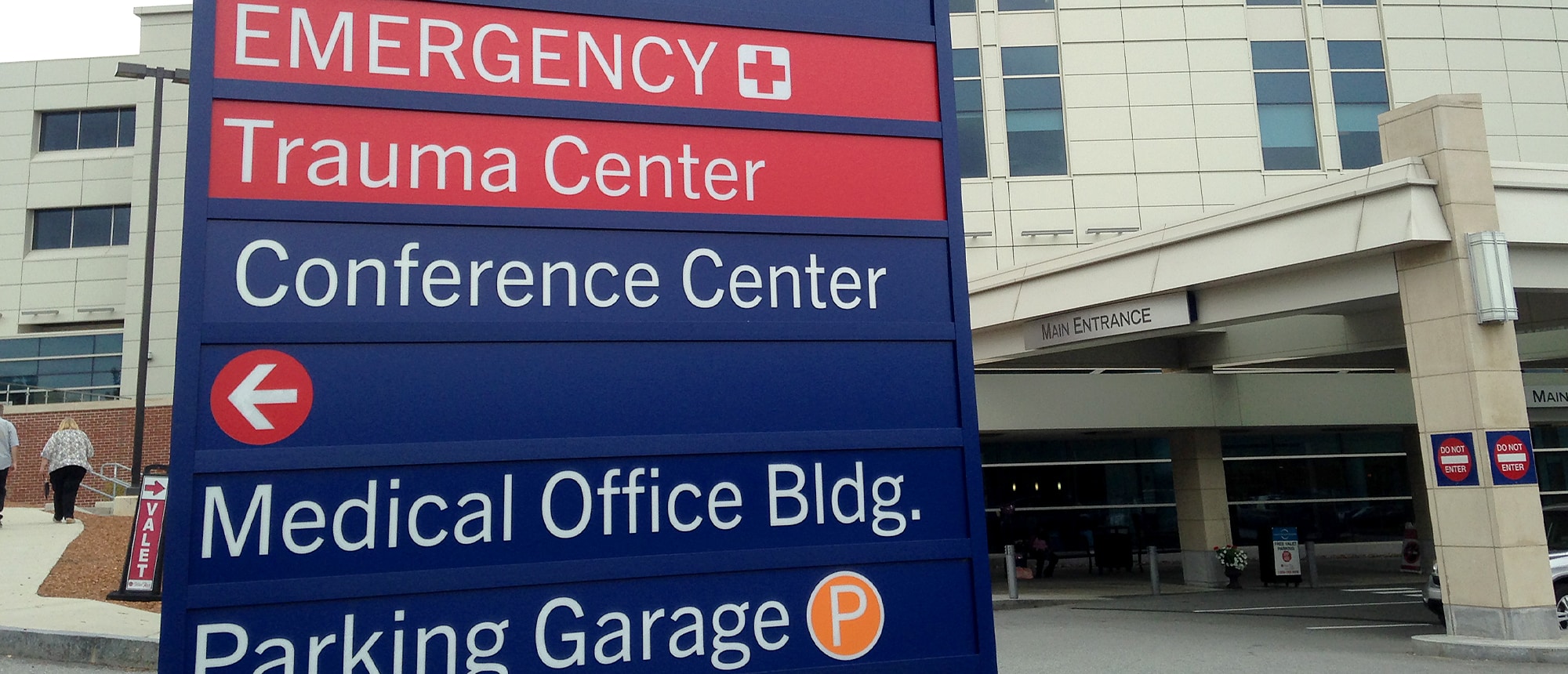At A Time Of Inflation, California Should Take A Bold Step To Tame Rising Health Care Costs
The word of the year for 2022 could have been “inflation.” Air travel prices rose nearly 40% from a year earlier. Grocery, housing, energy and other prices are also up. And once again, the cost of health care, which makes up nearly a fifth of our economy, is rising sharply.
Most health insurers in the individual market are expecting premium increases between 5% and 14% this year, according to Axios, and family out-of-pocket health care costs have jumped 10%.
But health care is different from other elements of the consumer price index. There is a way to control health care inflation while providing everyone with high-quality coverage.
Universal public financing of health care — often called single-payer coverage or “Medicare for all” — can cure what ails us both medically and financially.
Single-payer coverage would control health care inflation by eliminating the excessive profits and charges, outrageous drug prices and bureaucratic waste inherent in our current system of private health insurance.
Want proof? We have it.
The single-payer advocacy coalition Healthy California Now and the National Union of Healthcare Workers recently developed a household health care cost calculator for use by individuals and families who live in California. It’s designed to compare the costs associated with a single-payer program to current health care expenses.
So far, 4,000 households have tried it. Users enter their premium payments for the prior year, employer premium contributions, out-of-pocket expenses and annual income. The calculator then compares their costs under the current system to projected single-payer taxes at their income level.
Eighty-seven percent of those who used the calculator found average annual savings of more than $6,000 per household. Medicare beneficiaries were more likely to achieve net savings at a slightly lower average, $5,150 per household. The 13% of households that wouldn’t enjoy net savings generally had very low current premium and out-of-pocket expenses due to extremely generous health plans or annual incomes exceeding $350,000.
Take five minutes and try this exercise for yourself at Healthy California Now’s website.
The results are consistent with economic studies of single-payer health care systems. Most people save under single-payer for two reasons. First, single-payer actually lowers total costs while improving coverage by drastically cutting spending on profits and paperwork. Second, a single-payer insurance program is funded by a tax plan that everyone contributes to, so the burden increases at higher incomes and for corporations paying their share.
While divided government in Washington, D.C., will stop single-payer from moving onto the national stage anytime soon, California is a different story. Our leaders in Sacramento already have the initial steps out of the way, and they have the power to make single-payer a reality for the state.
The Healthy California for All Commission, formed by Gov. Gavin Newsom and the Legislature last year, defined a “unified financing” plan offering universal coverage and comprehensive benefits for everyone. Under this plan, out-of-pocket costs and cost-sharing would be eliminated. Rather than payments to private insurers, the funding would come from a progressive tax that can easily generate the necessary funds.
The tax plan used in the calculator includes a 2% sales tax on nonessential items plus a payroll tax that starts at incomes of at least $75,000 and a personal income tax that starts at $300,000 a year. Additional taxes would be levied on the state’s wealthiest individuals and corporate profits.
It’s true that some well-paid professionals would be at risk of paying more for single-payer coverage, and the super-wealthy would have to share some of the burden. But in exchange, all Californians would get a system that guarantees excellent coverage, including for long-term care, and a health plan that efficiently and equitably covers health care costs for everyone.
We can fight health care inflation while providing quality care for all, and California can show the way. The words on everyone’s lips this year should be “Medicare for all.”
Michael Lighty is an Oakland-based advocate of Medicare for all.
James G. Kahn is a professor emeritus at UC San Francisco.





